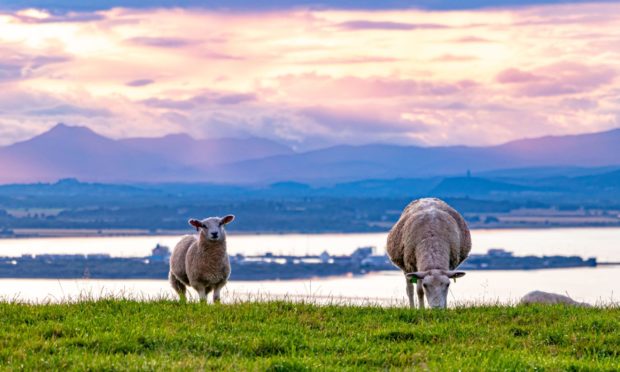The Woodland Carbon Code allows owners of forests to sell carbon credits based on the carbon dioxide absorbed by trees.
And while it has been around for a decade, it is only in recent years that higher carbon values have generated significant interest in the scheme with a fourfold increase in woodland carbon trading projects over the last two years.
In that short period we have seen some worrying developments resulting from this new carbon market.
Environmentalists are concerned with the loss of biodiversity where uplands of high nature value, including peatlands, are planted with blanket Sitka spruce which due to its rapid growth can sequester carbon faster than other species.
Meanwhile farmers and local communities are priced out of the land market by green corporate investors buying up large areas of Scotland for planting.
Earlier this month Scottish Forestry announced changes to the Woodland Carbon Code aimed at addressing these problems: new woodlands will now require greater species diversity to be eligible, and forestry projects which would be financially viable without carbon income will not benefit from the Code.
These changes are designed to maintain biodiversity and ‘cool’ the overheated land market – both damaging consequences of a rapidly developing carbon market.
The UK Government is now consulting on further development of the UK emissions trading scheme, which looks at how a carbon trading market for agriculture could work within the wider framework for emissions trading.
Other than having seen one of farming’s greatest carbon resources – our upland pastures which are an effective long-term carbon sink – gobbled up by corporate investors for ‘greenwashing’, what else is there for farmers to be concerned about?
There are the well rehearsed debates around future liabilities to maintain sequestered carbon, the dangers of underselling in a developing market, the risk of exclusion from future government schemes if carbon credits have been sold, and the impact on farmland values where there is a liability to maintain carbon levels.
But what will Scottish farming look like in the future if carbon markets place a value on both sequestered carbon and emissions from agriculture?
Judging by the impacts of the Woodland Carbon Code, unforeseen changes could happen rapidly especially when combined with government policy focused on carbon.
Like forestry, one of the first casualties on farms could be biodiversity.
Already we have seen payment rates reduced for agri-environment schemes.
Intensive production tends to have a lower carbon footprint per unit of production than extensive systems, so focusing on carbon is likely to favour intensive over extensive livestock production which will further reduce biodiversity.
For example, this year’s Sustainable Agriculture Capital Grants Scheme directs all funding towards slurry management which, while benefiting intensive animal husbandry, has little to offer those farmers practicing a more traditional farming system.
Traditional grazing of ruminants on farms with sensible stocking rates have provided the best benefits to wildlife and biodiversity in the past, but is now at risk from policy that values carbon more than biodiversity.
Recently environmentalists have expressed concern that, in general, biodiversity is suffering due to governments’ focus on carbon, and now we see this in farming.
With Scotland’s tenanted sector concentrated in some of the more marginal areas with traditional livestock grazing patterns, the increased focus on carbon will continue to put pressure on those tenant farmers.
While owner-occupiers will weather the storm and even benefit from opportunities created by carbon trading, for tenants with limited options due to restrictions in agricultural lease and already threatened by resumptions and loss of leases to forestry, the challenges brought about by carbon driven policy are likely to increase.
Christopher Nicholson is chairman of the Scottish Tenant Farmers Association.


